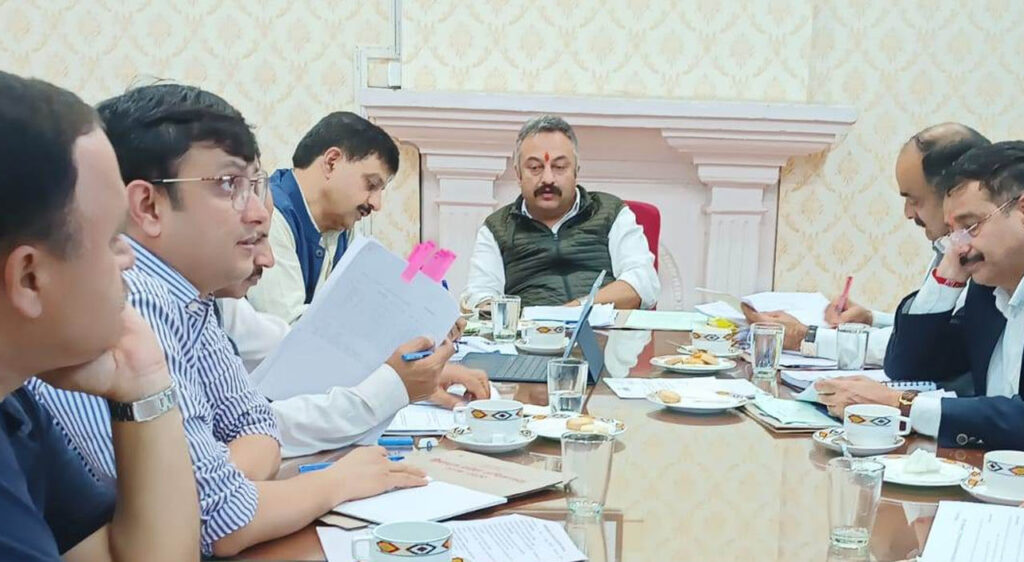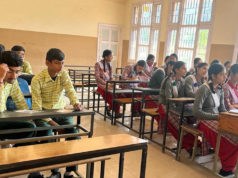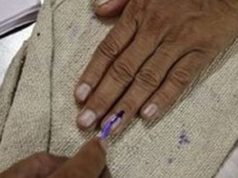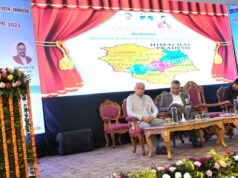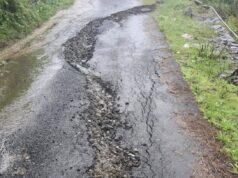In response to declining enrollment in government schools, the Himachal Pradesh government is looking to successful education models from Assam, Chhattisgarh, and Gujarat. Education Minister Rohit Thakur emphasized the need for immediate reforms during a meeting with the education department on Tuesday, calling for coordinated efforts to address the dwindling strength in government-run institutions.
The state’s decision comes after years of decreasing enrollment in its government schools. Many parents, especially in rural areas, are opting for private institutions, drawn by their promise of better academic results and infrastructure. Recent research reveals that in 2022, the state saw a decline of over 7% in government school enrollment compared to the previous year, signalling a pressing need for reform.
Learning from Other States
The states of Assam, Chhattisgarh, and Gujarat have managed to stabilize or even grow their government school enrollments through strategic policies. Assam, for example, improved infrastructure in rural schools and ensured quality mid-day meals, while Chhattisgarh focused on teacher training and community involvement in education. Gujarat’s success was largely driven by integrating technology into classrooms and better school management practices.
The Himachal Pradesh education department will now study these models and identify the best practices that can be adopted locally to increase student strength.
National Achievement Survey Findings
At the meeting, a presentation by Samagra Shiksha focused on the performance of Himachal’s government school students in the National Achievement Survey (NAS). Over 1.61 lakh students from 13,000 schools took part in the AI-based examination, with results highlighting areas of concern, particularly in mathematics and science.
Education Minister Rohit Thakur called for swift corrective actions to enhance the academic performance of students, urging all wings of the department to work together. He stressed that simply improving enrollment isn’t enough; the quality of education must also rise to prevent further migration of students to private schools.
Strengthening Teacher Accountability
A key issue plaguing Himachal’s government schools is teacher absenteeism, which has been cited as one of the reasons for poor academic outcomes. To tackle this, Minister Thakur announced that online attendance systems have already been implemented in 11,000 schools, and by next month, all 15,000 schools in the state will have biometric attendance for teachers. This measure is aimed at ensuring greater accountability among educators and improving classroom instruction quality.
Additionally, the government plans to introduce online attendance systems for students in a phased manner, further strengthening accountability and monitoring of both teacher and student presence.
Incentives for Teachers and Principals
The state also intends to introduce new standards for rewarding outstanding teachers and principals. These awards will be based on performance metrics, encouraging educators to improve student outcomes. The minister noted that developing a robust evaluation framework is critical to motivating teachers and fostering a culture of excellence in government schools.
In another significant move, Minister Thakur announced that records are being reviewed for teachers and education officers who have been on deputation to other states for extended periods. Notices will be issued to these staff members, and they will be recalled to serve in Himachal Pradesh as soon as possible. This step is aimed at ensuring that the state’s educational workforce is fully deployed where they are most needed—within Himachal itself.
Addressing Enrollment Decline
The issue of declining enrollment in government schools has been exacerbated by the perception of better quality education in private institutions, alongside a lack of resources and infrastructure in the public sector. The education department hopes that by studying successful models from other states and tightening teacher accountability, government schools can become more competitive and attract more students.
Research suggests that improving the physical infrastructure of schools, enhancing teacher training, and integrating technology into classrooms are essential steps to make government schools more appealing to parents. Assam, Chhattisgarh, and Gujarat’s models offer valuable lessons in these areas, and Himachal’s education department is keen to implement them.
The Road Ahead
Himachal Pradesh’s efforts to revitalize its government schools come at a critical time, as private schools continue to dominate in terms of student numbers. By adopting successful strategies from other states and implementing technology-driven solutions like biometric attendance, the state aims to improve not just the enrollment numbers but also the quality of education offered in its government schools.
The education department’s coordinated push, coupled with strict teacher accountability measures and infrastructure upgrades, could pave the way for a brighter future for Himachal’s government education system. However, the true test will be in how swiftly these changes can be implemented and whether they are effective in reversing the trend of declining enrollment.


